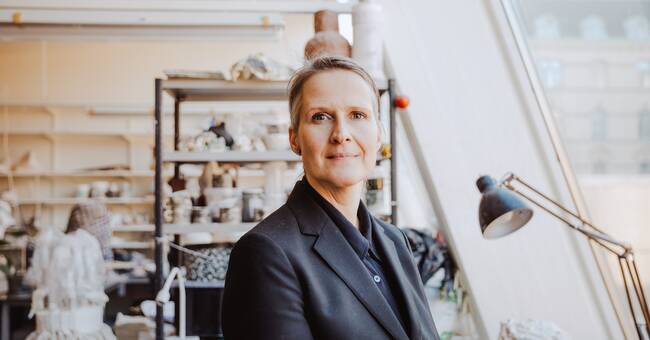In mid-November last year, a group calling themselves Anonymous Visual Artists stole a plaster bust depicting King Fredrik V from the Danish Royal Academy of Fine Arts.
The bust was thrown into the canal outside the Academy of Fine Arts at the same time as everything was filmed and posted on Youtube.
The group called the action a construction action and a protest against the colonial era and the consequences of the survivor.
"Art has become more political"
The action is symptomatic of art today, says Sanne Kofod Olsen, dean of the Faculty of Arts at the University of Gothenburg.
- Art has become more political and activist again, as it was in the 70s when it was about feminism, race, sexuality, or as in the 60s when art was about Vietnam, for example.
She believes that art reflects its contemporaries and becomes activist because the political situation and the public debate are harsh and polarized.
- The tough discussions that take place in society are tested in art.
Art should be a place where you can turn and turn on all questions.
Can create change
In the wake of the construction, where the bust of King Fredrik V was thrown into the water, the then rector of the Royal Academy of Arts, Kirsten Langkilde, had to stop.
The former rector of the Oslo Academy of the Arts, Måns Wrange, also resigned last autumn in protest against a harsh debate climate.
Wrange was criticized for threatening academic freedom after supporting a diversity appeal run by 130 students at the school.
Sanne Kofod Olsen believes that the actions and discussions are good for both the art and the debate climate.
She believes that they will influence art schools also in the future.
- It gives the art educations a chance to look at themselves from the outside and in the future have an education that appeals to everyone, not just an education for the elite.

